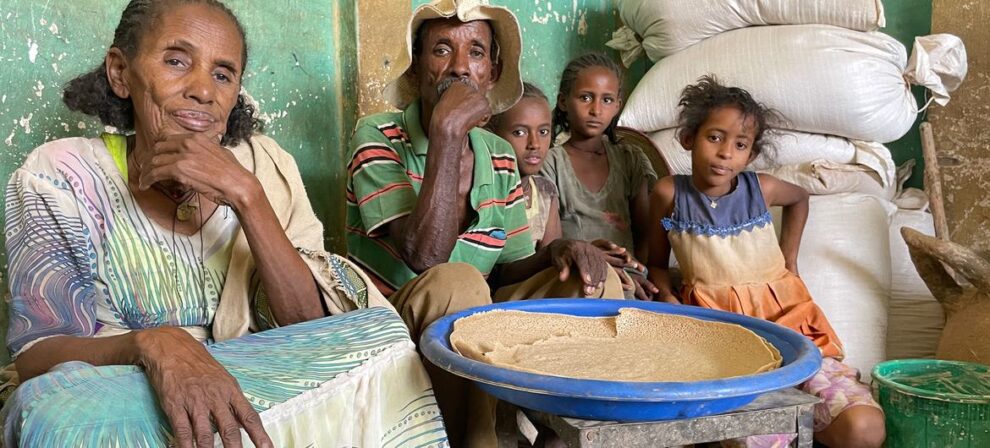“The combination of conflict and drought have caused inflation to soar,” the World Food Programme (WFP) added, noting that as of April, the Food Price Index in Ethiopia was up by 43 per cent compared to the same month last year.Meanwhile, the prices for vegetable oil and cereals are up by over 89 per cent and 37 per cent year-on-year.
Over the past two months, since the Government announced a humanitarian truce, food and humanitarian supplies have been flowing into the Tigray region.And while WFP has delivered over 100,000 tonnes of food since 1 April – enough to feed 5.9 million people for a month – fuel deliveries have not kept pace.Less than half of the two million litres of fuel needed has entered the region in recent weeks.WFP has finally been able to meet the food needs of over 800,000 people in Tigray and has just completed its most recent deliveries of emergency food rations to 1.3 million people in Afar and Amhara.
Meanwhile, 32 per cent of parents in Afar zone 4 – one of five administrative zones in the region – and 16 per cent in Amhara reported that over the previous three months, malnutrition drove their children under five to health centre.A recent WFP assessment of conflict-affected zones in both regions cited this as well.And in southern and south-eastern Ethiopia, an estimated 7.4 million people wake up hungry every day as the country grapples with the fourth failed consecutive rainy season.
Moreover, a severe WFP funding shortage has prompted the UN food relief agency to caution against of a looming malnutrition crisis. Its financing to treat more than 1.4 million acutely malnourished women and children in Northern Ethiopia is fast running out.So far, the severe lack of funding has enabled WFP operations to provide nutrition treatments to only 40 per cent of the mothers and children affected in northern Ethiopia between January and April. That means just 560,000 out of the targeted 1.4 million.And the gap has forced ration cuts for more than 700,000 refugees there, who now receive a mere 50 per cent of their minimum nutritional requirements.WFP is aiming to reach more than 11 million of the most vulnerable over the next six months but is grappling with a staggering $470 million funding gap.
Source : UN News











